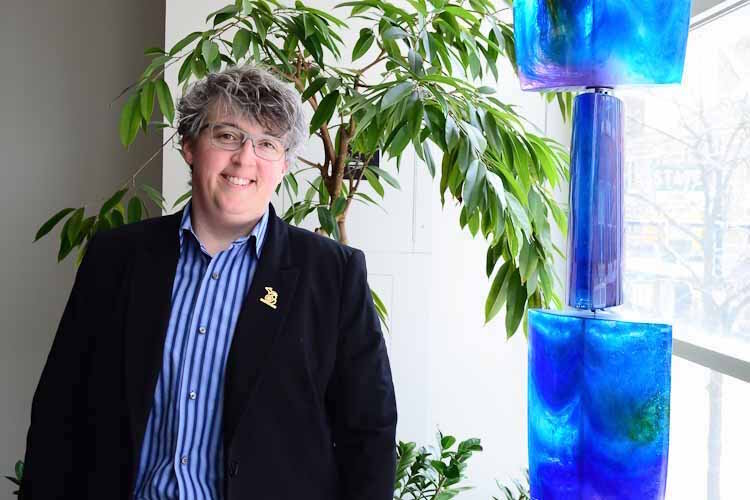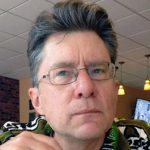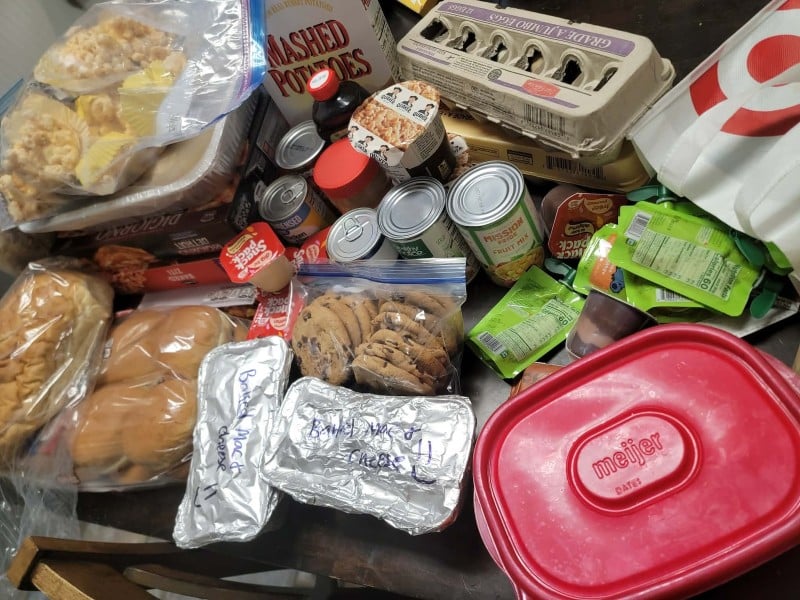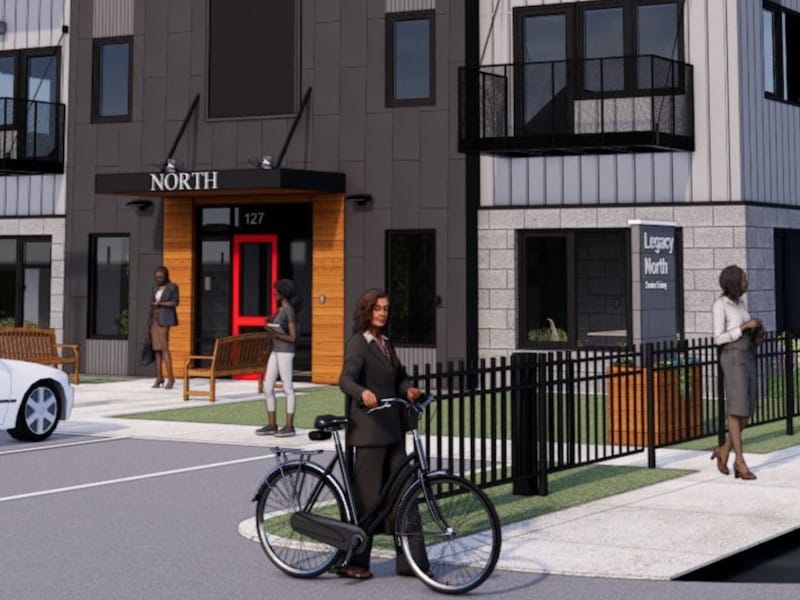How the Arts Council of Greater Kalamazoo plans to infuse art and culture across the region
This is how the Arts Council of Greater Kalamazoo is tackling the big questions of arts in the community.
What’s keeping some communities in the Kalamazoo region from enjoying the arts?
What’s stopping local artists and performers from creating their best work and connecting with an audience?
We have a diverse culture in Kalamazoo, but are all the cultures getting their chance to connect with the broader community?
The Arts Council of Greater Kalamazoo is looking to start a dialog around these, and other questions concerning the arts, artists, and audiences.
With Art Hop, Concerts in the Park, Community Arts Awards and other programming and funding efforts, the nonprofit has long worked to promote the arts in the area.
But now, after a July 24 meeting, the organization has “focus on fostering a broader understanding of biases and barriers to access in the arts. Which is new for us,” ACGK executive director Kristen Chesak says.
At the member meeting the Arts Council revealed its new Vision, Mission and Values statement.
Their programming, member services, and core values remain largely the same, Chesak says. But the statement calls for “cultivating broad points of access (in) arts and culture participation in Greater Kalamazoo,” and for “open and inclusive exchanges,” an on-going dialog to “address challenges, and celebrate points of pride,” it reads.
There was a lot of dialog at the meeting July 24, Chesak says. “The community of artists who were there was being really open to this idea that equity does not mean being equal, it means everybody is getting what they need.”
Also discussed was the need for the Arts Council “to walk the talk, so our hiring practices have changed…. (we’re) looking at a broader range of applicants to make sure that we represent the community we are serving.”
Further dialog with more people of greater Kalamazoo will be fueled by a new grant from the Kalamazoo Community Foundation to “have several workshops in our community that are geared toward artists and arts organizations to talk about these internal biases that we might have to access to the arts,” Chesak says.
Looking at ways to boost access — for example, thinking of how to provide scholarships to artists for workshops, or pay-what-you-can for audience members who can’t afford the cost of an event, or help in paying for an ACGK membership itself — is the biggest change, she says.
“What we mean by access, really, is providing artistic and cultural opportunities through grants, promotion and advocacy, and free programming, but then also maintaining an internal culture that values equity, diversity, and access.”
Chesak was a 22-year veteran of the Kalamazoo Civic Theatre, where she served as executive director for her last ten years there. She moved on to the Arts Council in 2016.
What has she learned at her post in the past three years?
“I learned a lot,” she says. Along with getting to know all the artists and art forms beyond theater, Chesak says she learned that, though the overall mission of the ACGK is to “foster an exchange of ideas and resources, that we had these invisible stop signs, and still do, that were not welcoming to everybody, that we are not for all artists.”
She continues, “For me, it became a little bit daunting. OK, who do we need to be to be able to serve this vast diversity of types of art, types of artists, art organizations, and who they’re serving, and can we actually do it? Because that is a kind of a tall order.”
She says they need to “look more inward first, to talk about what kind of biases are we holding, in terms of how we program and where we program.”
But they also want outside voices. Chesak hopes to get more people at their artists’ meetings. “We may have great ideas, but if nobody wants it, then why would we be doing it?”
The council has always been “an arts and culture cheerleader in the community,” but Chesak wants it to be even more of an advocate for the arts. She wants the council to make sure “that our governments at various levels understand the importance of art and culture in our community, and that it’s not just this extra thing, not something that if you’ve got a few extra bucks you can participate,” she says.
“When (art) is integrated into our lives it makes things richer, deeper, but also may even solve some issues in terms of how we communicate with each other and why we communicate with each other.”
So they’ll be listening, asking about the “invisible soft signs that keep people from connecting,” she says. Chesak added with emphasis that art and culture are “important, and we want other people to participate.”



















